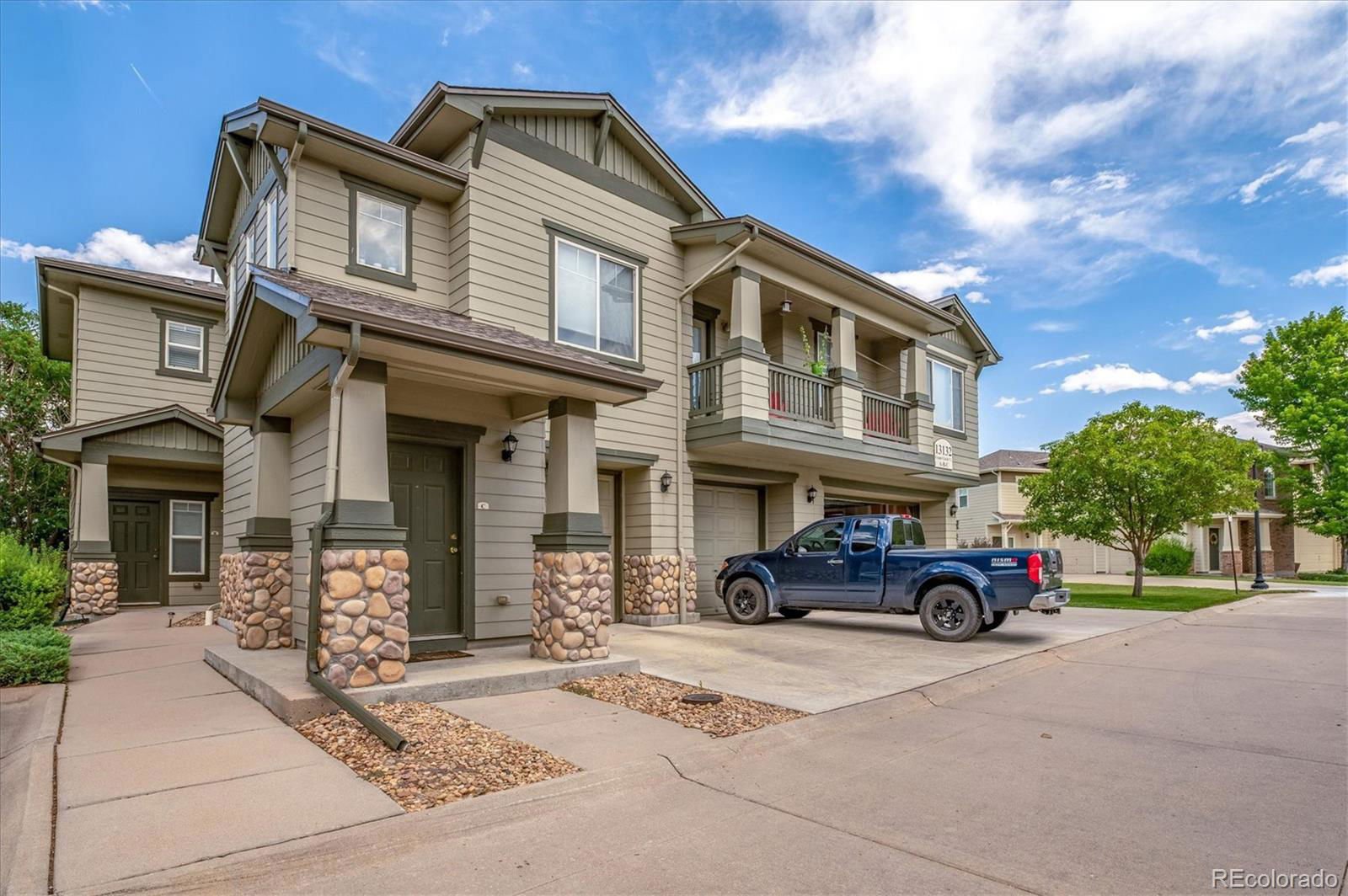

Show them how to extend their knowledge to eagles like 0 degrees and 90 degrees so that they’ll be prepared for looking at angles greater than 180 degrees or less than 0 degrees in the next lesson. So this height right over here is going to be equal to b. Well, this height is the exact same thing as the y-coordinate of this point of intersection. Again, it’s important that students understand why the cosine is the x-coordinate and the sine is the y-coordinate, so be sure to keep referring back to the ratios from the triangles throughout the debrief. Now, what is the length of this blue side right over here You could view this as the opposite side to the angle.

The sequencing of questions in this lesson was developed strategically so the students would understand the concept behind “the unit circle” and how it helps us evaluate trigonometric ratios for specific angles.

In number three, they’ll develop the understanding of the first quadrant of the unit circle as it relates to evaluating sine, cosine, and tangent of different angles. The idea here is that students don’t get caught up in “Sine = y and cosine = x,” but they keep up with the understanding that sine is the ratio of the opposite side to the hypotenuse and cosine is the ratio of the adjacent side to the hypotenuse. This will lead them to the unit circle, where the radius is 1 and the values of sine and cosine at different angles are equal to the x- and y-coordinates at those spots. We want them to see that when the hypotenuse is 1, the actual side length of the triangles are the same as the sine and cosine ratios for specific angles. The unit circle is algebraically represented using the second-degree equation with two variables x and y. The unit circle is generally represented in the cartesian coordinate plane. The x-coordinate of points on the circumference of the unit circle represents the cos value of that angle, and the y-coordinate is. The unit circle can be used to find sin and cos values for angles between 0 and 360 or 0 and 2 radians. In numbers 1 and 2, the students will write ratios for sine and cosine when given a triangle with all of the side lengths. A unit circle is a circle with a radius measuring 1 unit. The unit circle has a radius of 1 and a centre at the origin.


 0 kommentar(er)
0 kommentar(er)
